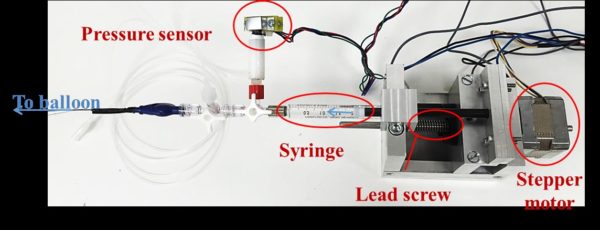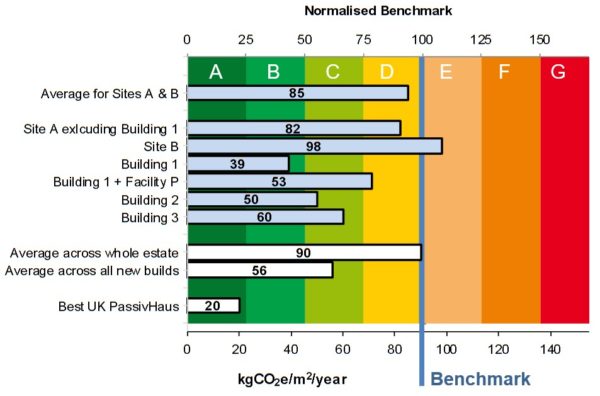Breathing Buildings sponsors Cambridge University Engineers Evening
Breathing Buildings was pleased to sponsor the annual presentation evening on 27 Jan 2017 for the Girton engineers. Three undergraduates in their final year at Cambridge University presented their project work in order to stimulate debate and show other undergraduates earlier in their tenure at college the wide range of topics which they can tackle in due course.
The first talk of the evening on Ear Eustachian Tube Repair was given by Anna Weir. The aim of this project is to help clinicians understand what is happening in the eustachian tube when using Balloon Eustachian Tuboplasty (BET) as a treatment for Eustachian Tube Dysfunction (ETD). Once the procedure is better understood it can be optimised for the repair of the eustachian tube. ETD is the blockage of the eustachian tube, preventing the tube from opening. This disables the drainage of the middle ear and the equalisation of pressure within the ear. The eustachian tube is made up of a bony portion and a cartilaginous portion. In BET balloons similar to those used in angioplasty operations are used to inflate the cartilaginous section of the eustachian tube. Tests have been carried out in human and sheep cadavers and the pressures have been recorded. The rig shown in figure 1 has been used, along with labview software, to inflate and deflate the balloons and measure that pressures. So far the results have shown that plastic deformation occurs during the first inflation of the eustachian tube. After the initial plastic deformation, only elastic deformation is observed. Properties tests have also been completed using tissue samples from both humans and sheep.

Figure 1. Balloon pressure rig
The second talk of the evening was given by Kane Hunter on the subject of Comparing Energy Use in Reality with that Predicted in Modelling. This topic is dear to the heart of all engineers at Breathing Buildings, who ultimately care about the actual energy use in buildings and not just that predicted in a modelling report! The project’s primary aim is to collate and present college emissions in a simple format, with historic data presented to show the effect of any changes in measures undertaken by colleges. This data can then potentially be shared amongst colleges to see best practices for reducing emissions. One key aspect of the project is the analysis of a newly built extension which was constructed to high environmental and sustainability standards, incorporating mechanical ventilation with heat recovery. The building is not performing as well as initially hoped, and Kane is investigating why the energy consumption is significantly higher than the design aspirations, to hopefully enable better informed design decisions in future builds to reduce emissions.

Figure 2. EPC inspired headline image in the Energy & Emissions report for Girton College, which compares the CO2 emission density of different college buildings with the CIBSE University Campus benchmark and other sources
The final presentation of the evening on the topic of the Beeline Bicycle Navigation Device was delivered by Charlie Bruce. Beeline is a bicycle navigation device which pairs to a cyclist’s smartphone, and provides a simple directional/distance indication to the user, rather than directing on a turn-by-turn basis. The aim of the project is to collect and study various data streams in the system (both within the devices themselves, as well as data gathered from its users via the mobile application), and to implement systems which work with this data to produce useful results. Of particular interest is the code which fuses accelerometer, gyroscope and magnetometer data to obtain a stable and accurate orientation with respect to North.

Figure 3 Beeline Bicycle Navigation Device
The prizes were announced by Dr Shaun Fitzgerald, CEO of Breathing Buildings and Fellow in Engineering at Girton College, Cambridge. After hearing the presentations Shaun commented, “The range in projects is truly remarkable – students really can get completely immersed in a project which excites them, so hopefully this will help inspire our talented engineering students to join leading engineering companies after graduating and make their mark on our world.”
